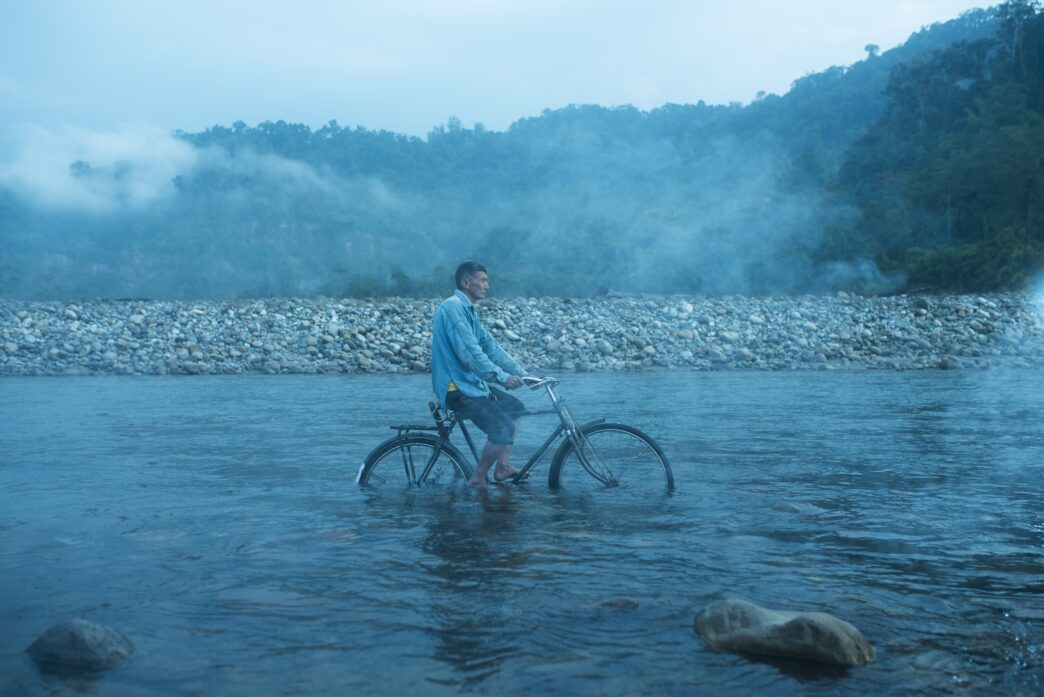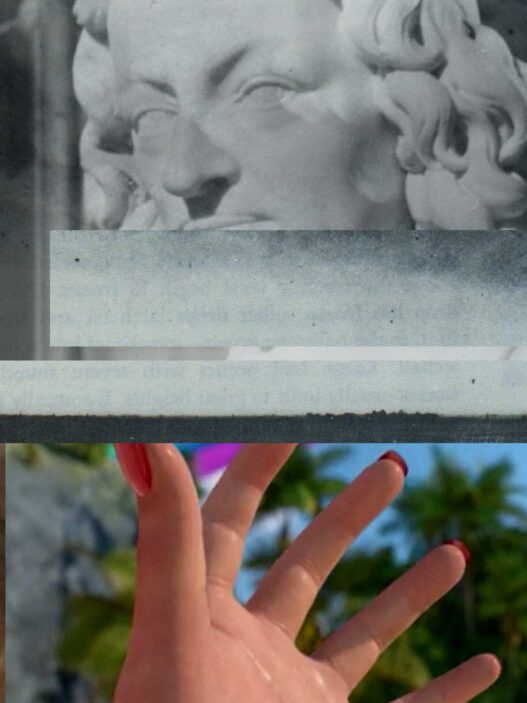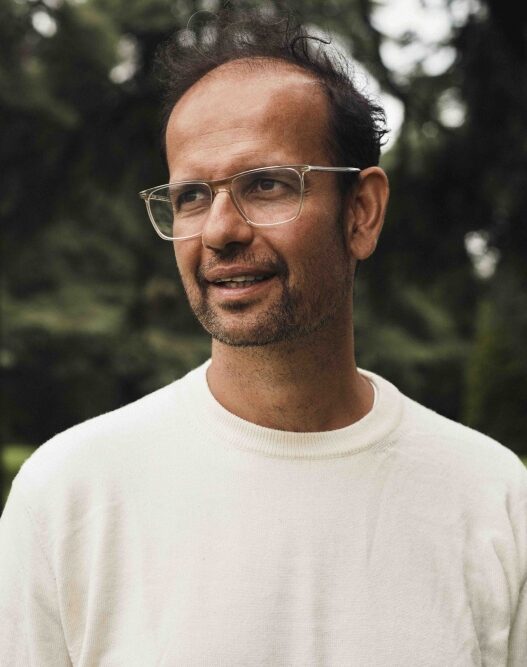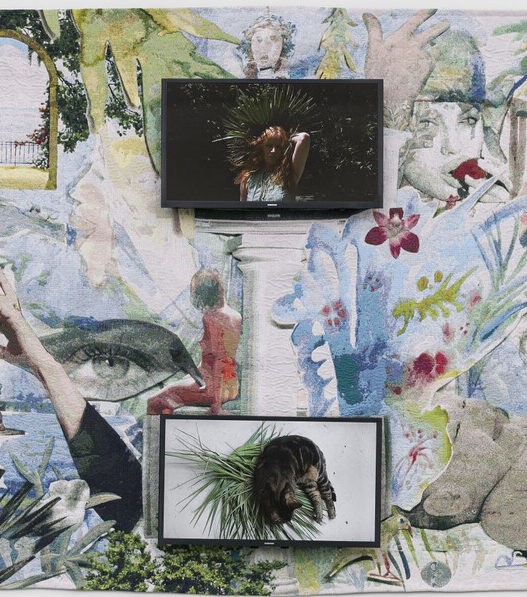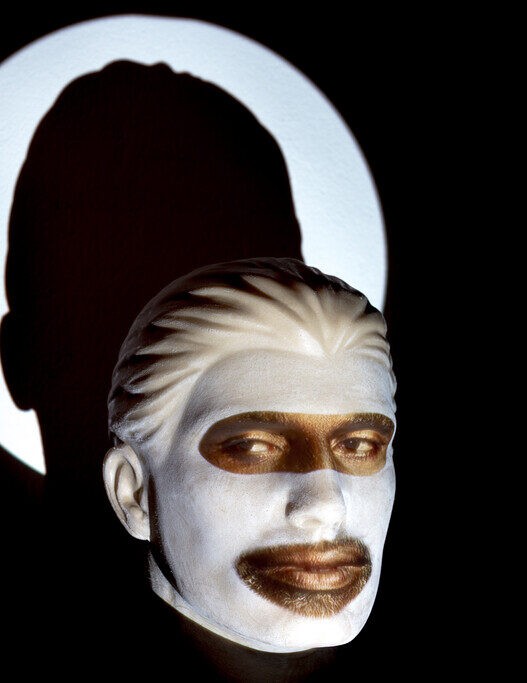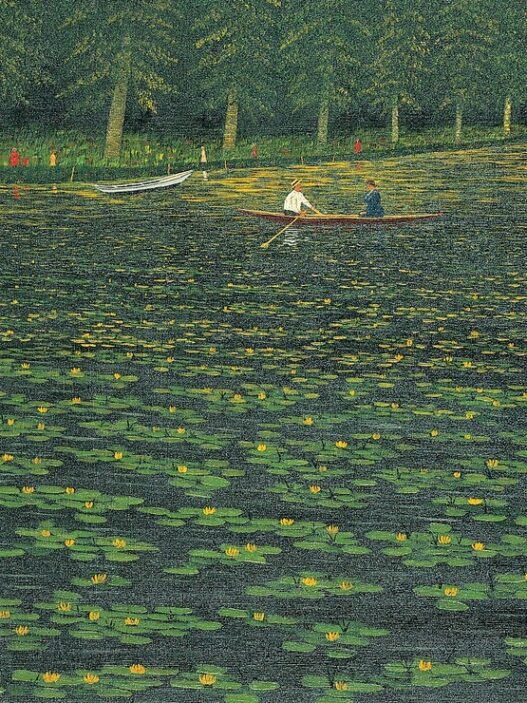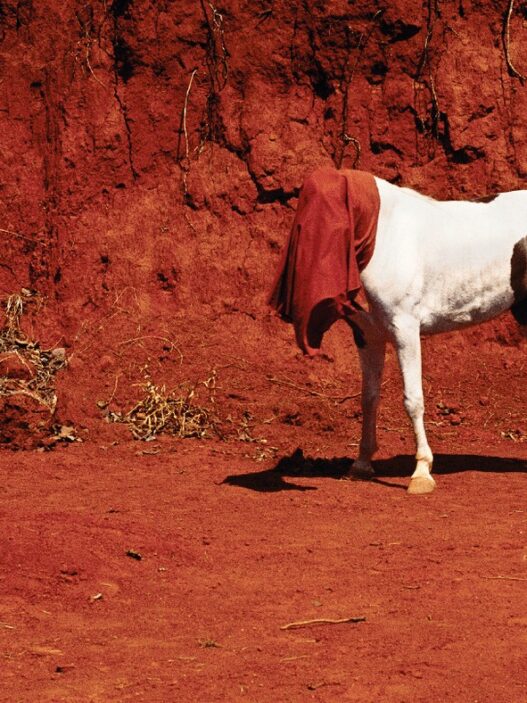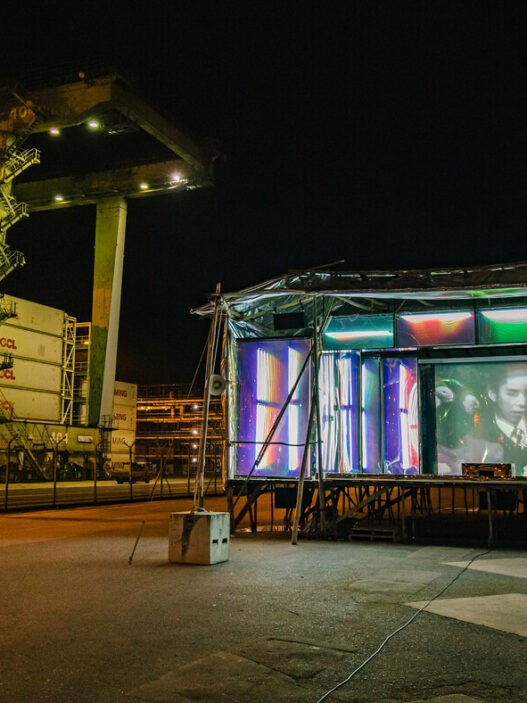July 2–August 28, 2022
Four southerly rivers emerged near the Himalayan border, where the Indian and Eurasian tectonic plates collide. Each river passed through plateaus, mountains, plains, valleys, and deltas. Before finally merging into the Indian and Pacific Oceans, they traverse numerous geographic regions as both the center and the perimeter. These four rivers are the Salween/Nu, Mekong/Lancang, Red/Yuan, and the Irrawaddy/N’Mai/Dulong. The varied topography on land and the monsoon winds from the oceans combine to create a healthy and dynamic climate. Their yearly floods serve as the ecosystem’s lungs by giving nearby animals the food and habitat they need to survive and thrive. The steep mountains and valleys weave a mountain civilisation that differs from the plains yet is dependent upon them, while the alluvial plains created by the rise and fall of the rivers through time are fertile ground for the creation of a rice-based civilization.
There are statutory and unofficial nation state borders between the mountains, valleys, plains, and rivers, which are layered with the numerous social or ideological barriers produced by race, gender, economy, religion, and other variables. A vigorous process of cultural interdependence that is tightly connected to other parts of the world is created between these separating lines by the interaction of various forms of mobility, identities, historical context, and social structure.
Many of the producers and scholars shown in this exhibition are active practitioners of flow, including flows of people, goods, labor, animals, language, and identity. These individuals come from a variety of cultural backgrounds. They are each there from both the inside and the outside, hopping between layers of borders to offer their own observations and reflections of the rivers and coasts. They have long been interested in the natural and cultural contexts in which these flows take place. The themes that these artists address—colonial pasts and current battles, the environment and development, tradition and migration—connect everything like a bloodline, just as the river does.
River Pulses, Border Flows also reflects on myths, tales, soundscapes, oral histories, and reworked classics while portraying this area as a place of issues and tensions. History is dispersed across various spatio-temporalities from these indefinable or uncontrollable expressions like a constellation of meandering tributaries. Through this show, we seek to offer a glimpse of such skewed, asymmetrical, and possibly even fictitious perceptions of history.
Participating artists
Chen Xiaoyi, Cheng Xinhao, Cui Jian, Sharbendu De, Jittrapon Kaicome, Lim Sokchanlina, QXLHM, MUME DESIGN, Nontawat Numbenchapol, Thao Nguyen Phan, Sawangwongse Yawnghwe, Zhang Shiming, Zhang Xiaoming, Zi Bai
Screening program
Chen Lijuan, Chen Xueli, Nicolas Graux, Guo Yuehan, Lee Yong Chao, Ma Zhandong, Nguyen Trinh Thi, Nontawat Numbenchapol, Apichatpong Weerasethakul, Xiaoshuijing Choir, Zaw Lar, Anysay Keola + Sai Naw Kham + Pham Ngoc Lan + Kulikar Sotho + Anocha Suwichakornpong
Curated by Chen Hongyu, Zhang Hanlu.
Space designed by MUME DESIGN x YIXUN DESIGN.
Please click here to know more about the exhibition.
Times Rose Garden III
Huang Bian Bei Road, Bai Yun Avenue North
510095 Guangzhou
China
Hours: Tuesday–Sunday 10am–6pm
T +86 20 2627 2363
contact@timesmuseum.org










